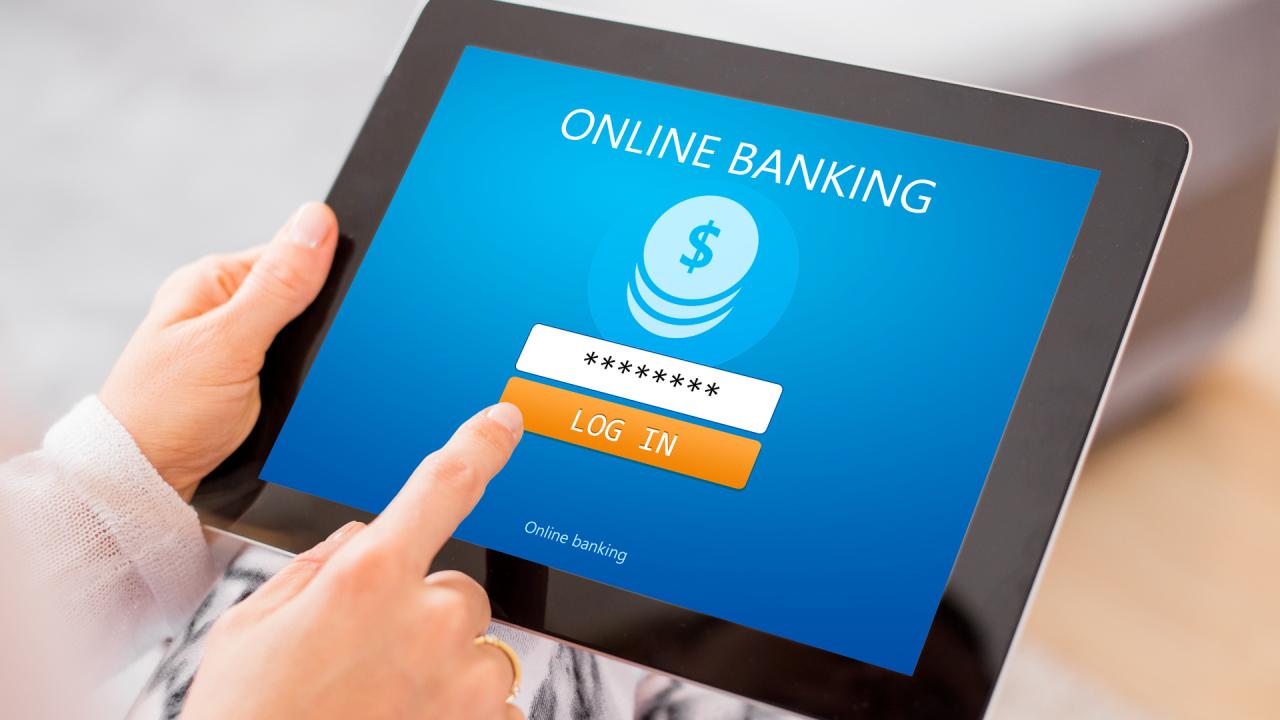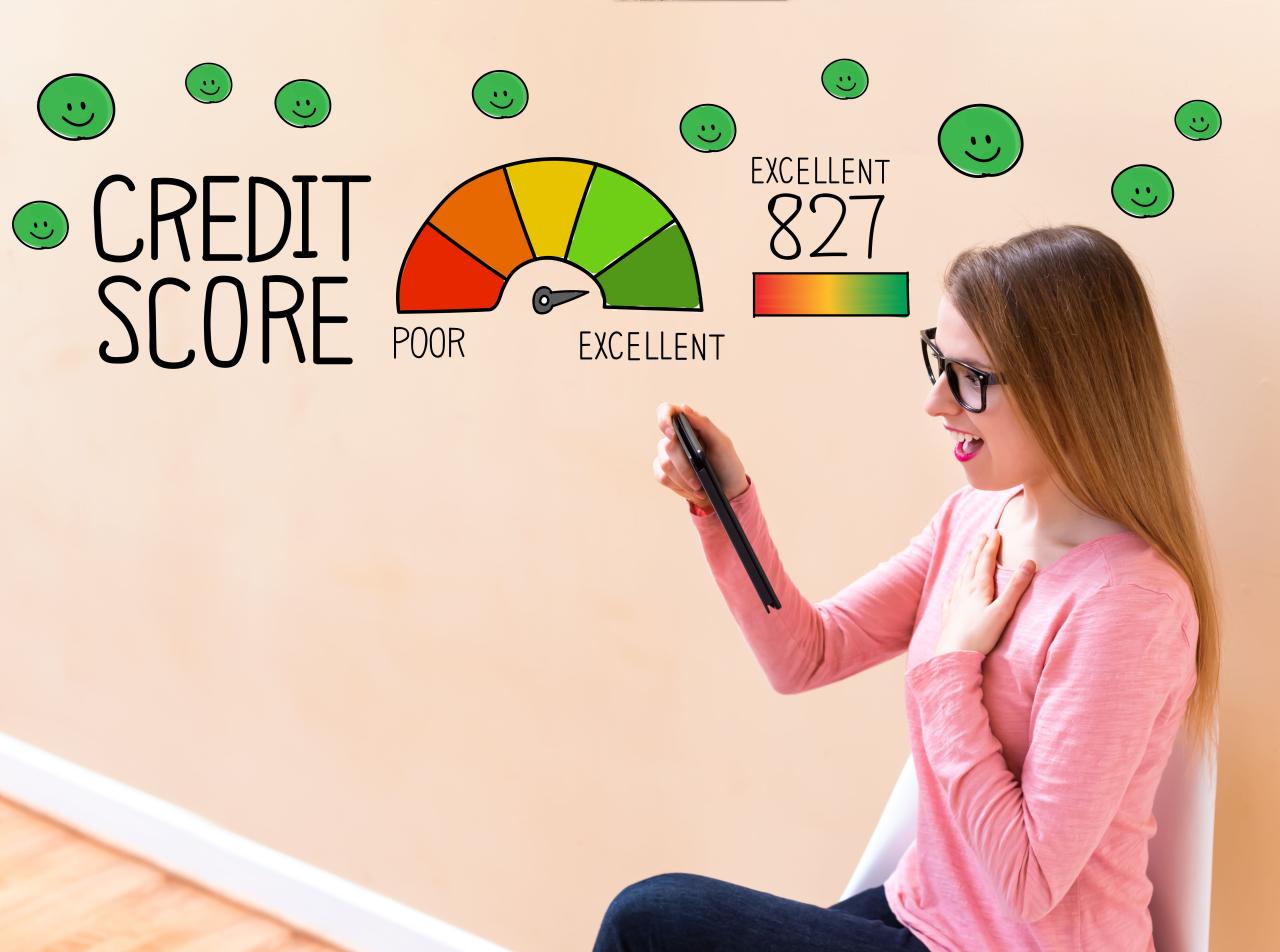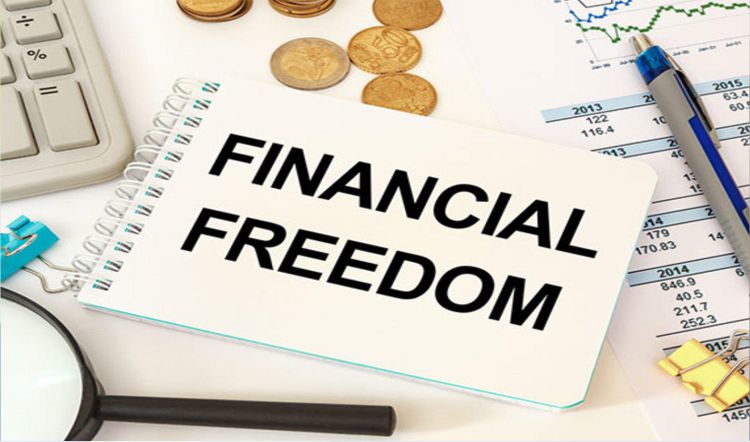The Digital Transformation of Finance

Gone are the days when banking exclusively meant long queues, limited branch hours, and paper-intensive transactions. The digital revolution has brought the bank to your fingertips, accessible 24/7 from virtually anywhere with an internet connection. This shift isn’t just about convenience; it’s about empowerment, giving individuals unprecedented control and insight into their financial lives.
A. The Evolution of Banking Accessibility
The journey from traditional brick-and-mortar banking to sophisticated digital platforms has been rapid and transformative.
A. Early Days of ATMs: The introduction of Automatic Teller Machines (ATMs) in the late 1960s was a significant step, allowing basic transactions outside of banking hours.
B. Telephone Banking: In the 1980s, phone banking offered another layer of remote access, enabling balance inquiries and transfers via automated systems or customer service representatives.
C. Internet Banking’s Emergence: The 1990s saw the rise of internet banking, allowing customers to view account balances and pay bills from their personal computers. These early platforms were often clunky and limited.
D. Mobile Banking Revolution: The proliferation of smartphones in the 2000s ushered in the mobile banking era. Intuitive apps made banking seamless, integrating features like mobile check deposit, peer-to-peer payments, and biometric logins.
E. FinTech and Neobanks: More recently, Financial Technology (FinTech) companies and entirely digital “neobanks” have pushed the boundaries further, offering innovative services, often with lower fees and more user-centric designs, challenging traditional banking models.
B. Why Online Banking is Now Indispensable
In the current economic and social climate, relying solely on traditional banking methods can put you at a disadvantage.
A. 24/7 Accessibility: Conduct transactions, check balances, and manage accounts anytime, anywhere, eliminating the constraints of business hours and physical locations. This is particularly beneficial in a globalized world where financial needs don’t adhere to local time zones.
B. Speed and Efficiency: Payments can be processed almost instantly, transfers between accounts are seamless, and account information is updated in real-time. This speed is vital for managing cash flow and reacting to financial events.
C. Reduced Costs: Many online banking services come with lower or no fees compared to traditional banking, which might charge for certain transactions or minimum balances. Online-only banks often pass on operational savings to customers through higher interest rates on savings accounts.
D. Environmental Friendliness: Reducing paper statements and physical trips to the bank contributes to a more sustainable footprint.
E. Enhanced Financial Control: Real-time data and comprehensive overviews empower you to make informed decisions quickly, leading to better money management.
Essential Features of Robust Online Banking Platforms
A modern online banking platform offers a suite of functionalities designed to simplify and secure your financial life.
A. Account Overview and Transaction History
This is the most fundamental feature, providing a clear window into your finances.
A. Real-time Balances: Instantly view the current balances across all your linked accounts (checking, savings, credit cards, loans, investments).
B. Detailed Transaction History: Access comprehensive records of all deposits, withdrawals, payments, and transfers, often categorized for easier review. You can typically search, sort, and filter transactions by date, amount, or type.
C. Statement Access: View, download, or print digital statements for all your accounts, often going back several years.
B. Funds Transfers and Payments
The ability to move money effortlessly is a core benefit.
A. Internal Transfers: Seamlessly move funds between your own accounts within the same bank (e.g., checking to savings).
B. External Transfers: Send money to accounts at other banks, both domestically and internationally. Options like ACH (Automated Clearing House) transfers for domestic use or wire transfers for larger or international transactions.
C. Bill Pay: Set up one-time or recurring payments to virtually any vendor, often allowing you to manage all your bills from a single dashboard. This prevents late payments and simplifies financial organization.
D. Peer-to-Peer (P2P) Payments: Send money directly to friends and family using their email address or phone number, often integrated with services like Zelle or similar local services.
C. Alerts and Notifications
Proactive alerts keep you informed and help prevent issues.
A. Low Balance Alerts: Get notified when your account balance falls below a specified threshold, helping to avoid overdrafts.
B. Transaction Alerts: Receive alerts for large transactions, unusual activity, or every purchase, giving you immediate awareness of your spending.
C. Payment Due Reminders: Get reminders for upcoming bill payments, ensuring you don’t miss due dates.
D. Security Alerts: Immediate notifications for suspicious login attempts, password changes, or other security-related events.
D. Budgeting and Financial Planning Tools
Many online banking platforms integrate tools to help you manage your money more effectively.
A. Spending Categorization: Automatic categorization of your transactions to help you understand where your money goes. Many allow for custom categories and tags.
B. Budgeting Features: Set spending limits for various categories and track your progress against them.
C. Financial Goal Tracking: Monitor your progress towards savings goals (e.g., down payment, vacation, emergency fund).
D. Net Worth Tracking: Some advanced platforms allow you to link accounts from other institutions (investments, loans) to provide a holistic view of your net worth.
E. Account Management and Customer Service Access
A. Online Applications: Apply for new accounts, credit cards, or loans directly through the platform.
B. Personal Information Updates: Easily update your contact information, password, and security settings.
C. Customer Support: Access customer service via secure messaging, chat, or phone numbers directly from the platform. Some offer virtual assistants or AI-powered chatbots for immediate answers to common questions.
D. Card Management: Activate new cards, report lost or stolen cards, freeze/unfreeze cards, and set spending limits or transaction alerts.
F. Mobile Banking Apps
The smartphone app version of online banking, often with unique features.
A. Mobile Check Deposit: Deposit checks by simply taking a photo with your phone’s camera.
B. Biometric Login: Securely log in using fingerprint or facial recognition for enhanced convenience and security.
C. Location-Based Services: Find nearby ATMs or bank branches using your device’s location.
Cybersecurity

While incredibly convenient, online banking requires vigilance regarding security. Understanding and utilizing available safeguards is paramount to protecting your money.
A. Bank-Level Security Measures
Reputable financial institutions invest heavily in cybersecurity to protect your accounts.
A. Encryption: All data transmitted between your device and the bank’s servers is encrypted (e.g., using TLS/SSL protocols), making it unreadable to unauthorized parties. Look for “https://” in the URL and a padlock icon in your browser.
B. Firewalls and Intrusion Detection Systems: Sophisticated network security measures protect the bank’s servers from external attacks and monitor for suspicious activity.
C. Fraud Monitoring: Banks use advanced algorithms and AI to detect unusual spending patterns or suspicious transactions, often flagging them for immediate review or requiring customer verification.
D. Multi-Factor Authentication (MFA) / Two-Factor Authentication (2FA): An additional layer of security requiring two or more verification factors (e.g., password + code sent to phone, biometric scan) to log in or authorize transactions. This is a critical defense against unauthorized access.
E. Secure Login Procedures: Strong password policies, account lockout after multiple failed attempts, and security questions.
B. Your Role in Online Banking Security
While banks provide robust security, individual vigilance is equally important.
A. Strong, Unique Passwords: Use complex passwords for your banking accounts that are different from those used for other online services. Consider a password manager.
B. Enable Multi-Factor Authentication (MFA): Always enable MFA whenever offered by your bank. It is the single most effective way to prevent unauthorized access even if your password is stolen.
C. Beware of Phishing and Scams:
A. Phishing Emails/Texts: Never click on suspicious links or open attachments from unknown senders. Banks will rarely ask for sensitive information (passwords, full account numbers) via email or text.
B. Vishing (Voice Phishing): Be wary of unsolicited calls claiming to be from your bank asking for personal information. If in doubt, hang up and call the bank directly using their official number.
C. Smishing (SMS Phishing): Similar to email phishing, but via text messages.
D. Use Secure Networks: Avoid accessing your online banking on public, unsecured Wi-Fi networks. If you must, use a Virtual Private Network (VPN) for added encryption.
E. Keep Software Updated: Ensure your operating system, web browser, and antivirus software are always up to date. Updates often include critical security patches.
F. Monitor Your Accounts Regularly: Log in frequently to check your transaction history for any unauthorized activity. Set up transaction alerts for immediate notification.
G. Report Suspicious Activity Immediately: If you suspect any fraudulent activity or a security breach, contact your bank immediately.
Leveraging Online Banking for a Secure Financial Future
Beyond basic transactions, online banking can be a powerful tool for strategic financial planning.
A. Budgeting and Expense Tracking
Online banking apps are invaluable for gaining granular insight into your spending.
A. Automatic Categorization: Use the app’s auto-categorization feature (and refine it manually) to see exactly where your money goes.
B. Set Spending Limits: Use the budgeting tools to set limits for discretionary categories (e.g., dining out, entertainment).
C. Identify “Money Leaks”: Easily spot recurring subscriptions you’ve forgotten about or wasteful spending habits.
B. Goal-Based Saving
Online banking platforms make it easier to save for specific financial goals.
A. Separate Savings Accounts: Open separate savings accounts within your online banking portal for different goals (e.g., “Emergency Fund,” “House Down Payment,” “Vacation”).
B. Automate Transfers: Set up recurring automatic transfers from your checking account to your savings goals on payday. “Pay yourself first” becomes effortless.
C. Visualize Progress: Many apps offer visual trackers that show your progress towards your goals, providing motivation.
C. Debt Management and Payoff
A. Consolidate View: See all your credit card and loan balances in one place, helping you prioritize high-interest debt.
B. Automate Extra Payments: Schedule additional payments beyond the minimum to accelerate debt payoff.
C. Monitor Interest Accrual: Track how much interest you’re paying, providing motivation to reduce balances.
D. Investment Monitoring
If your bank offers integrated investment accounts, or if you link external investment accounts to your banking platform, you can monitor your entire financial portfolio.
A. Net Worth Tracking: Get a holistic view of your assets (cash, investments, property) minus your liabilities (loans, mortgages).
B. Performance Overview: See how your investments are performing alongside your banking activities.
E. Financial Planning and Advisory Services
Some advanced online banking platforms or neobanks offer integrated financial planning tools, sometimes even connecting you with virtual financial advisors.
A. Personalized Insights: Receive data-driven recommendations based on your spending habits and financial goals.
B. AI-Powered Advice: Leveraging AI to offer insights on optimizing savings, debt repayment, or investment strategies.
The Future of Online Banking
The evolution of online banking is far from over. Several trends are shaping its future.
A. Hyper-Personalization
Expect more AI-driven insights and services tailored precisely to your unique financial situation and goals, going beyond generic advice.
B. Embedded Finance
Banking services will become seamlessly integrated into non-financial apps and platforms, making financial transactions almost invisible (e.g., direct payment options within a shopping app).
C. Open Banking and APIs
Increased data sharing (with user consent) between banks and third-party FinTech apps will lead to more innovative and integrated financial services, allowing users to consolidate and manage their finances across multiple providers from a single dashboard.
D. Biometric Authentication Expansion
Beyond fingerprints and facial recognition, expect more advanced biometric methods for secure and convenient access.
E. Blockchain and Digital Currencies
While mainstream adoption is still developing, banks are exploring the use of blockchain for faster, cheaper international payments and the potential for Central Bank Digital Currencies (CBDCs) which would operate digitally.
Conclusion
Online banking is no longer just a convenience; it is an indispensable tool for proactive and secure money management. By embracing its comprehensive features – from real-time transaction tracking and automated transfers to robust budgeting tools and advanced security alerts – you gain unprecedented control over your finances. Your vigilance in applying personal cybersecurity best practices, combined with the stringent safeguards implemented by financial institutions, forms an unbreakable shield around your digital wealth. Leveraging online banking to define and achieve your savings goals, manage debt effectively, and gain holistic insights into your financial health is a direct path to a more stable and prosperous future. Embrace the digital revolution in finance; it’s a powerful ally in securing your financial well-being and shaping a brighter tomorrow.













